Not just another brick in the wall
The owners of Trappeur Homes knew they wanted to build a better wall system—here’s what they learned along the way
Aaron Cameron and Max Fanderl weren’t content to create homes with the problems of typical building methods. The owners of Trappeur Homes—a supplier of log homes based in Invermere, B.C.—believed there had to be better ways of creating efficient, timeless buildings. Even new homes often experience moulding within the walls, said Fanderl. It’s even possible to buy pre-treated anti-mould building materials, a sure sign that something must be wrong.
The evolution of wall systems
Cameron and Fanderl did extensive research as they developed their Trappeur Homes wall system. Historically, people used to build with brick or logs, materials that don't have a condensation point within the wall. With the Industrial Revolution, however, came the need to build cheaper and faster, bringing about stick-frame construction. It’s when builders started to insulate these walls that the drying time for walls lengthened and the mould problem grew.
“Everybody was hyped up and we had created a new industry, the insulation industry,” said Fanderl. “The problem was only identified by the painters back then. They got a lot of complaints from homeowners that their paint was peeling off the outside in a year or two and it hadn’t done that before . . . In the end it wasn’t the paint, it was the insulation. With insulation, there’s more condensation and the walls take longer to dry out.”
The solution, which we still use today, came early in the 20th century with the use of a vapour barrier. We’ve been making our buildings more and more airtight since then. However, there are still problems with mould within the walls. So what’s going on?
“If you take a sealed glass jar and warm it up, the humidity will drop because warm air will take more moisture,” said Fanderl. “If you put a piece of wood in there, the heat will force the moisture out of the wood . . . What I’m saying is, OK, so we build our walls out of two-by-sixes which are made of new wood and then kiln dried . . . Kiln dried doesn’t mean dried. It just means drier. So I have plastic inside the wall . . . Now imagine what’s going to happen when the sun hits the wall. The moisture can’t get out and it creates a big sweat chamber and it creates the mould we see in these buildings.”
A solution for our climate
Moisture can also find its way in through electrical outlets, around windows or through small holes. It will build up in the wall throughout the winter. Then, as pressure builds in the summer, a wall will likely begin to mould. With this research behind them, Cameron and Fanderl went looking for a solution. They found Intello membrane, a German product that changes in permeability seasonally.
“The Intello membrane protects in the winter, but in the summer the moisture pressure is stronger within the building envelope,” said Fanderl. “It actually allows it to penetrate out into the room but not into the outdoors—so you still have good insulation from the heat.”
Trappeur Homes completed the process to approve Intello as a replacement for traditional vapour barrier in the East Kootenay and the company is working on creating approval throughout Western Canada.
The Trappeur Homes wall system also utilizes a fully recycled fibreboard that is capable of absorbing and releasing moisture. In the log homes it also works as a windbreaker. With the dovetail-join log construction, Intello membrane and Roxul insulation, Trappeur Homes walls experience very little shrinkage and a temperature phase shift of more than double that of a traditional wall.
Creating healthy living spaces
Cameron and Fanderl are ready to share their knowledge and research via free workshops. Most of all, they look forward to continuing to sell their Trappeur Homes packages to satisfied customers.
“What is really interesting for us is going back to what was working in the olden days and (combining that with) the new materials,” said Fanderl. “It makes so much sense. We really would like to go forward and create simple, easy designs that worked several hundred years ago, using the new materials of today, making a more efficient and healthy living environment. That’s what we’re striving for.”
See the Trappeur Homes blog or our article, Building Livable Log Homes, to learn more about Trappeur Homes.

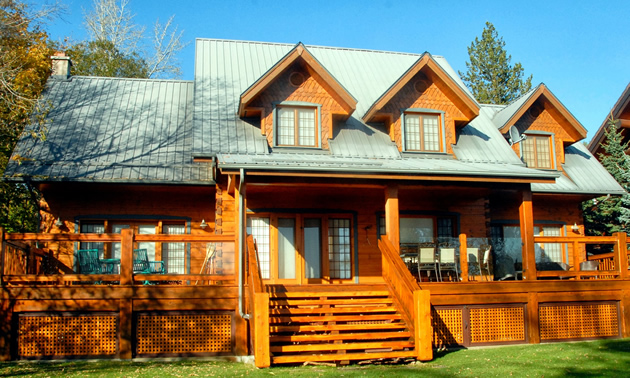
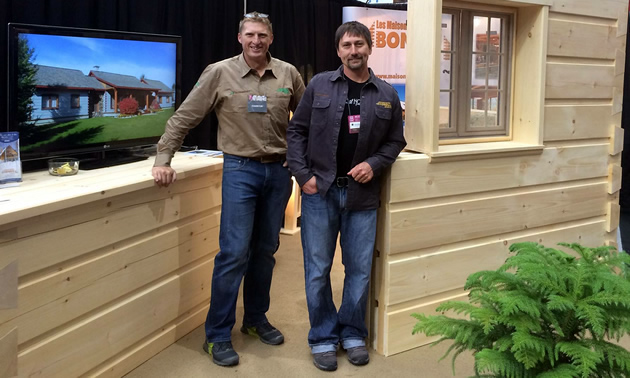
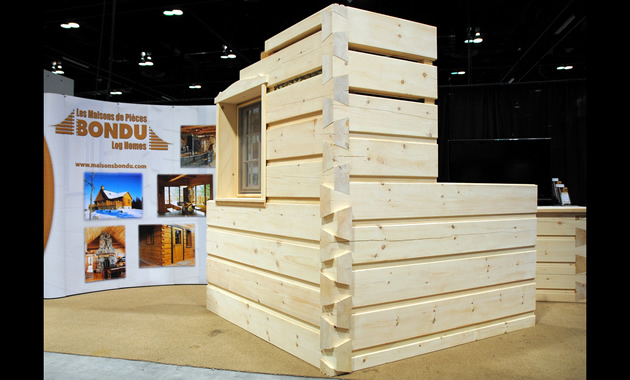
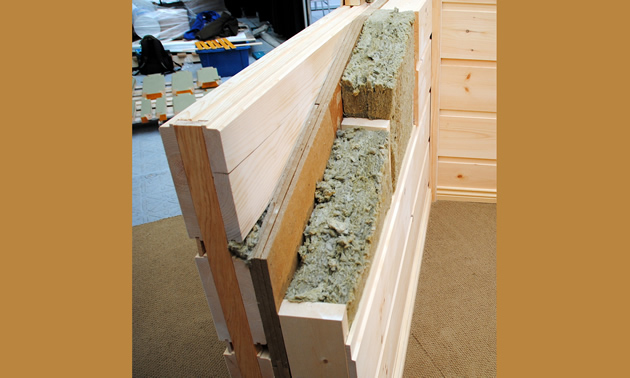



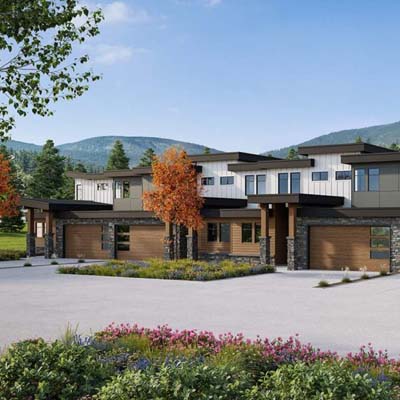

Comments